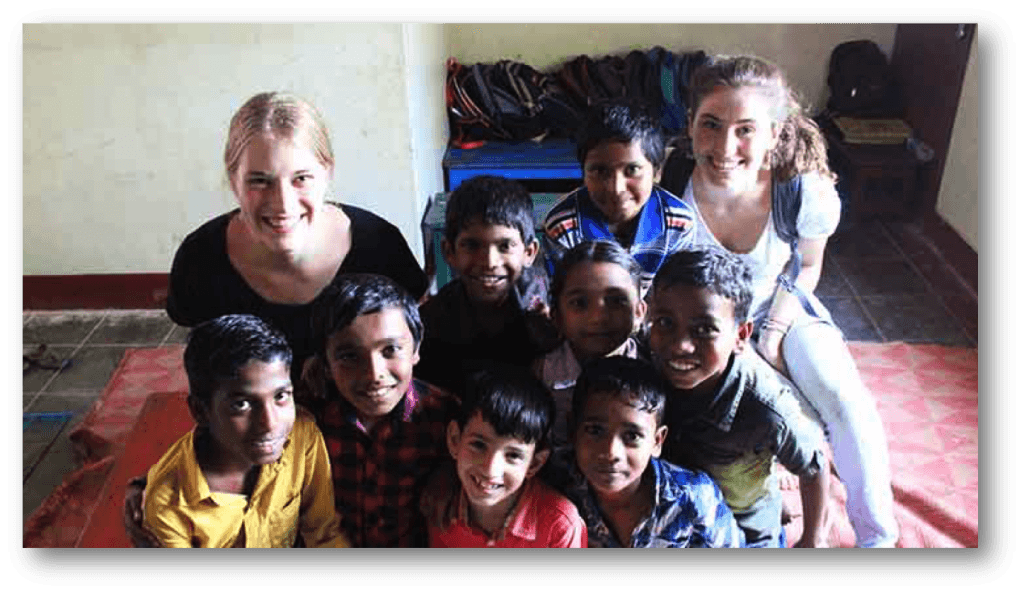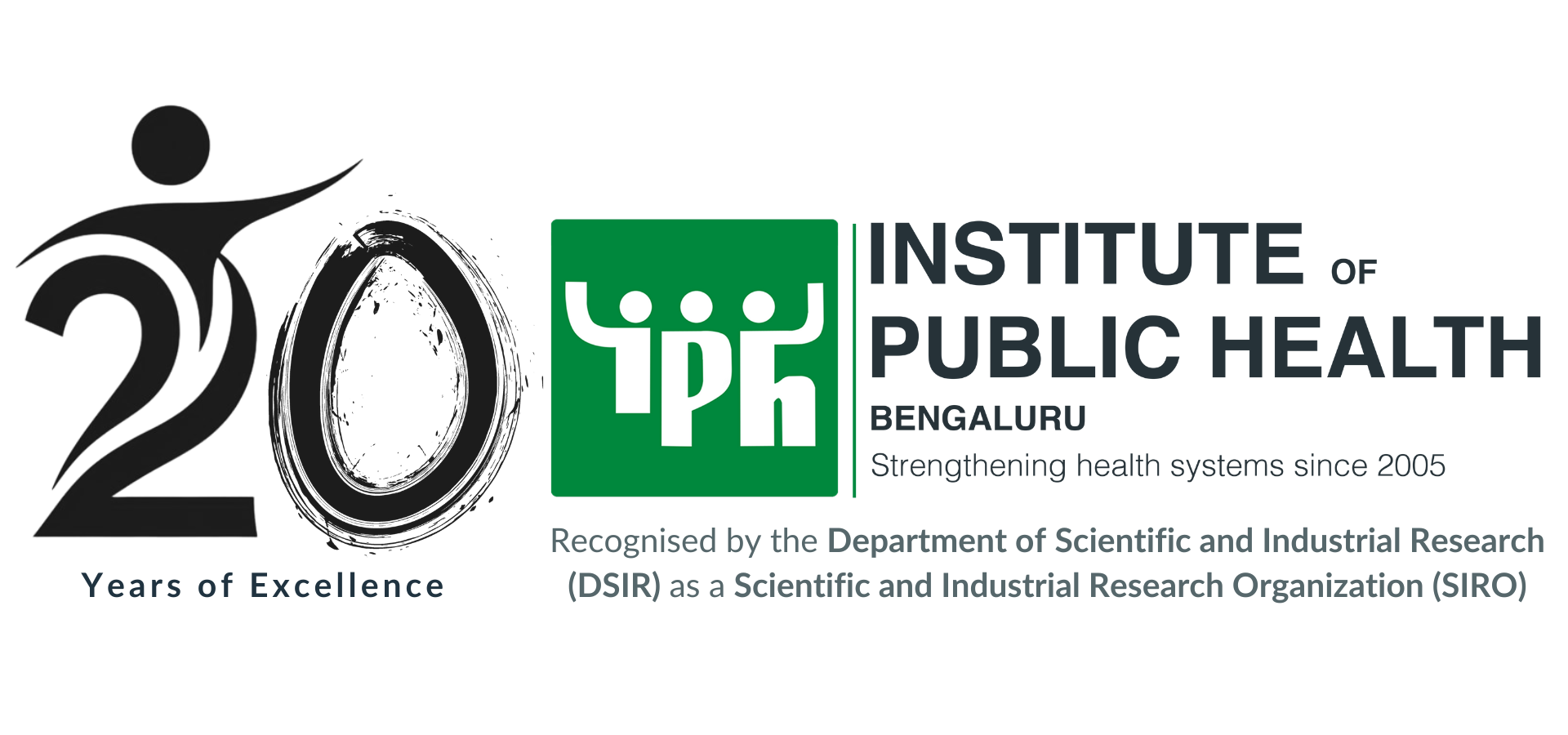
 Although we are already back in the Netherlands for one and a half week, I am still not totally used to it: Dutch food, no honking on the road and a lot of rain instead of the Indian sun. When people ask what the most impressive thing I have done was, it is difficult to choose between the many things we have done and we have learned. How can people really understand the culture and the Indian life, while they have not experienced it themselves? Watching back the pictures we have made while visiting the hospitals, the ASHA meeting, the tuberculosis centrum, the field visits and the Adivishi people, makes me realise that we were really blessed to have had this opportunity to see all those things. The most striking thing for me was the seeming discrepancy: on one hand the ‘hopelessness’ of the Indian healthcare, visible in the unhygienic operating theatres, the non-availability of doctors in the rural areas, and the lack of knowledge among the local population and on the other hand the hopefulness with the great opportunities that India is facing in among others the technology.
Although we are already back in the Netherlands for one and a half week, I am still not totally used to it: Dutch food, no honking on the road and a lot of rain instead of the Indian sun. When people ask what the most impressive thing I have done was, it is difficult to choose between the many things we have done and we have learned. How can people really understand the culture and the Indian life, while they have not experienced it themselves? Watching back the pictures we have made while visiting the hospitals, the ASHA meeting, the tuberculosis centrum, the field visits and the Adivishi people, makes me realise that we were really blessed to have had this opportunity to see all those things. The most striking thing for me was the seeming discrepancy: on one hand the ‘hopelessness’ of the Indian healthcare, visible in the unhygienic operating theatres, the non-availability of doctors in the rural areas, and the lack of knowledge among the local population and on the other hand the hopefulness with the great opportunities that India is facing in among others the technology.
While a lot of people are motivated to work for the health of the population, the structure of the healthcare system, the corruption and the disbelief in the public care seems to work against. The inequality between private and public hospitals is large, the role of culture, which has especially been visualised during the visit at the Adivashi population, is huge and the role of political decisions is to a great extent determinative. Solving the distribution problem it not as simple as it sounds. For me, it became clear why most people in the population as well as physician give preference to the private sector. Providing a solution is not just solving one problem, is it a step-by-step process of convince physicians about the importance of working in rural areas, it is a challenge of deliver good quality care within a given budget, it is providing the right equipment, it is creating opportunities for doctors to develop themselves, it is starting with good medical education, it is providing the right information at the right time..
Besides the good insights into the Indian health care system and the problems they’re facing, my visit at the Institute of Public Health contributed to a new insight in seeing problems and solutions. Although a lot of problems seems to be insoluble, giving up is the most undesirable. Reaching your goal may take a lot of years (it took 25 years to establish the Adivashi hospital), but we never have to give up on a dream just because of the time it will take to accomplish it. The time will pass anyway. So, changing the Indian healthcare system and providing health care to every citizen in India is definitely possible!.
Esther Boudewijns from Maastricht University was an intern at Institute of Public Health, Bangalore, India.
Disclaimer: IPH blogs provide a platform for interns to share their reflections on different public health topics. The views expressed here are solely those of the authors and not necessarily represent the views of IPH.


